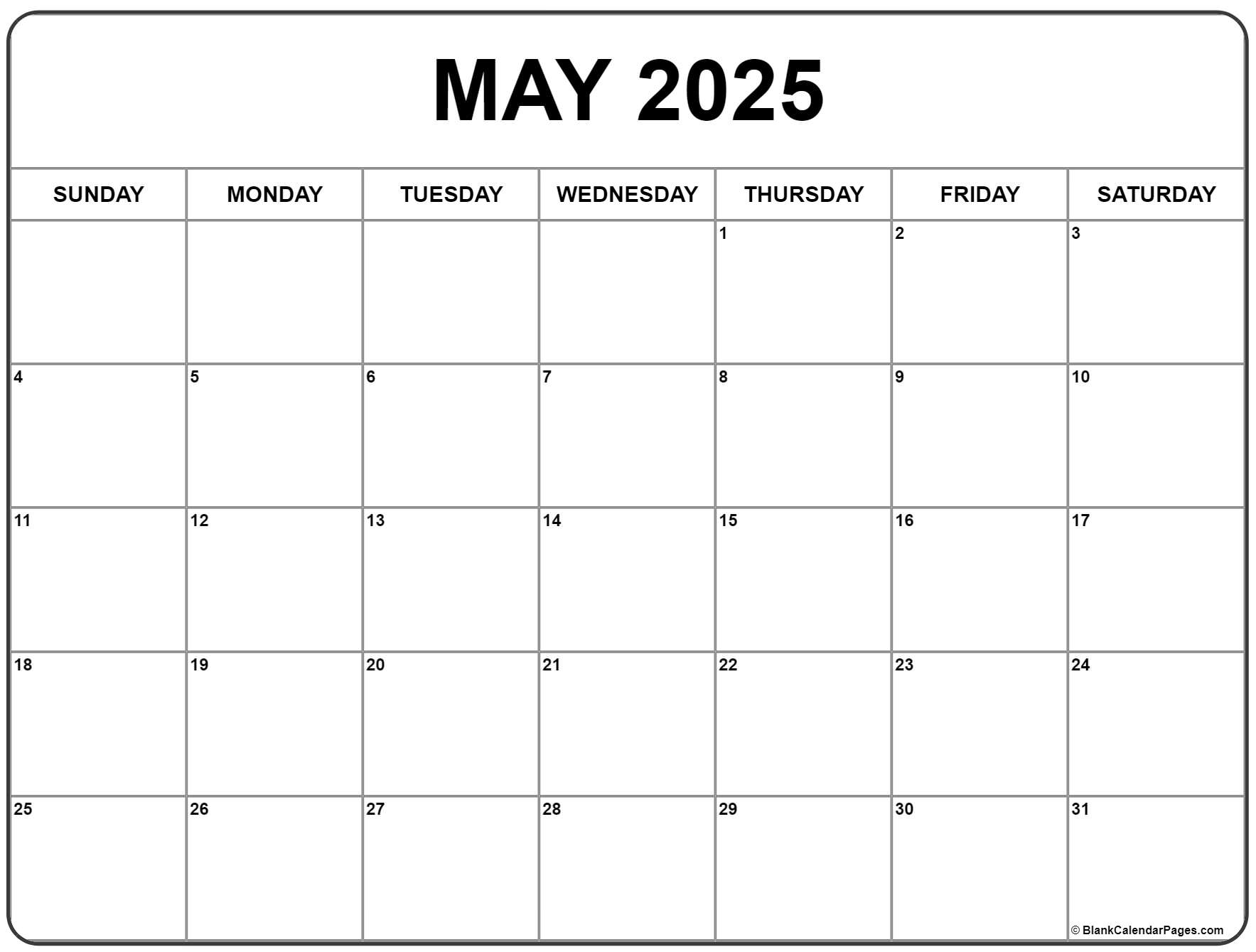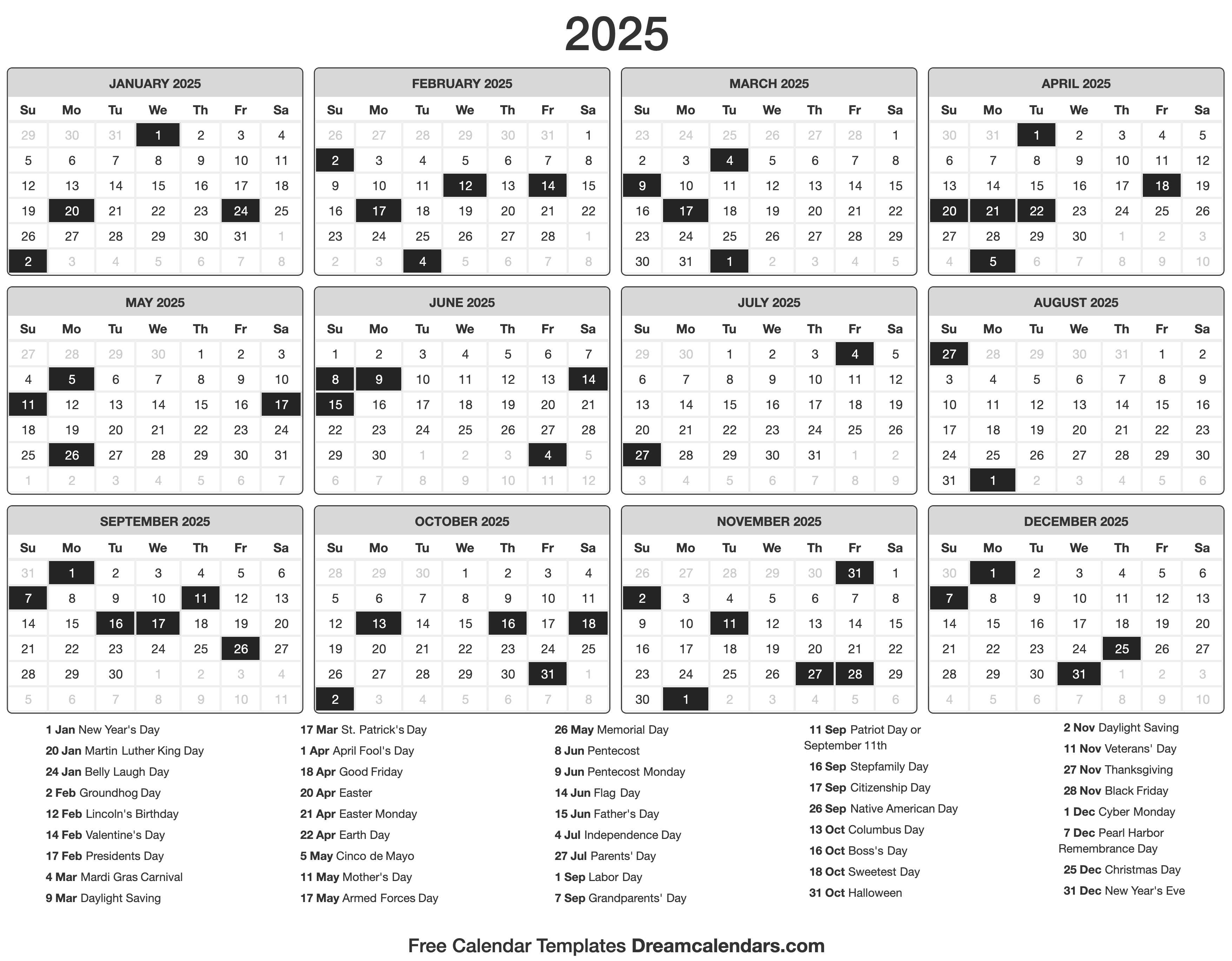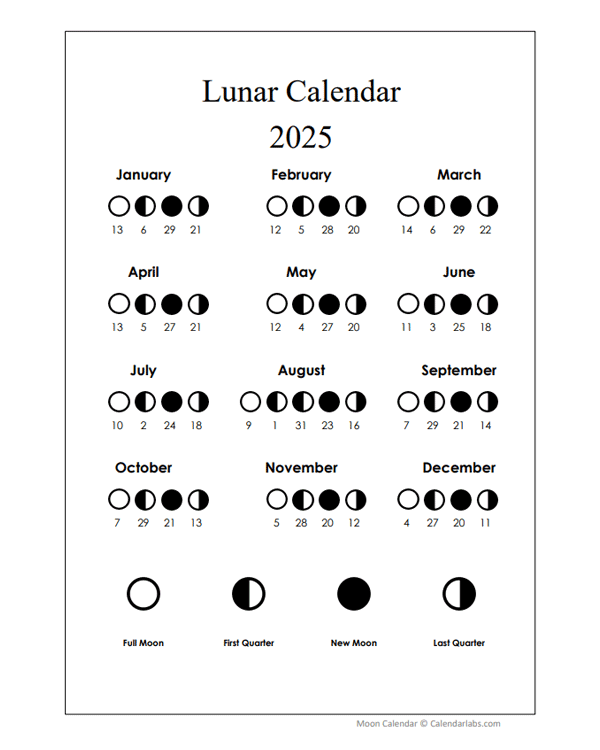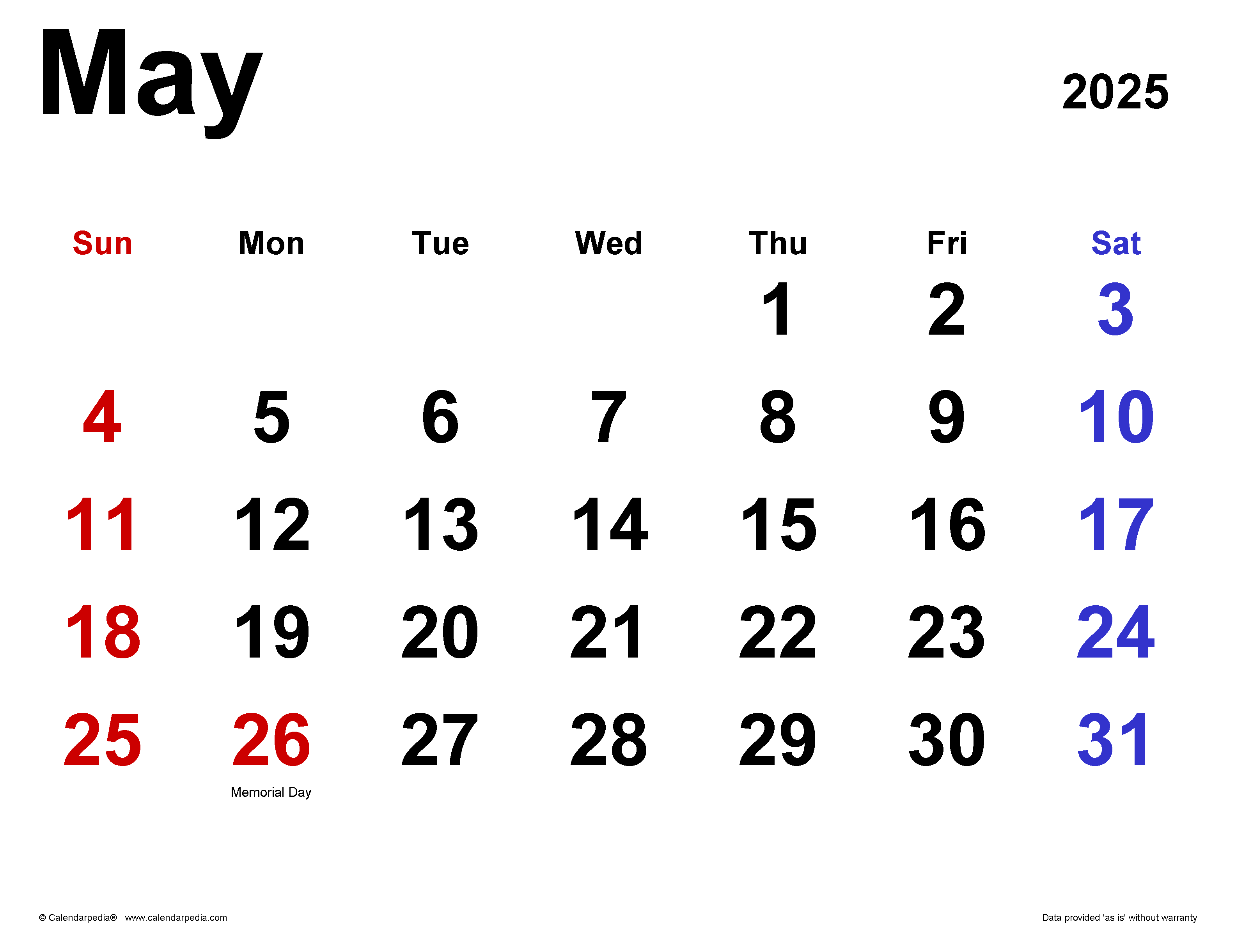How May 2025 Calendar Dates Work
Navigating the Labyrinth: Understanding the Mechanics of the May 2025 Calendar
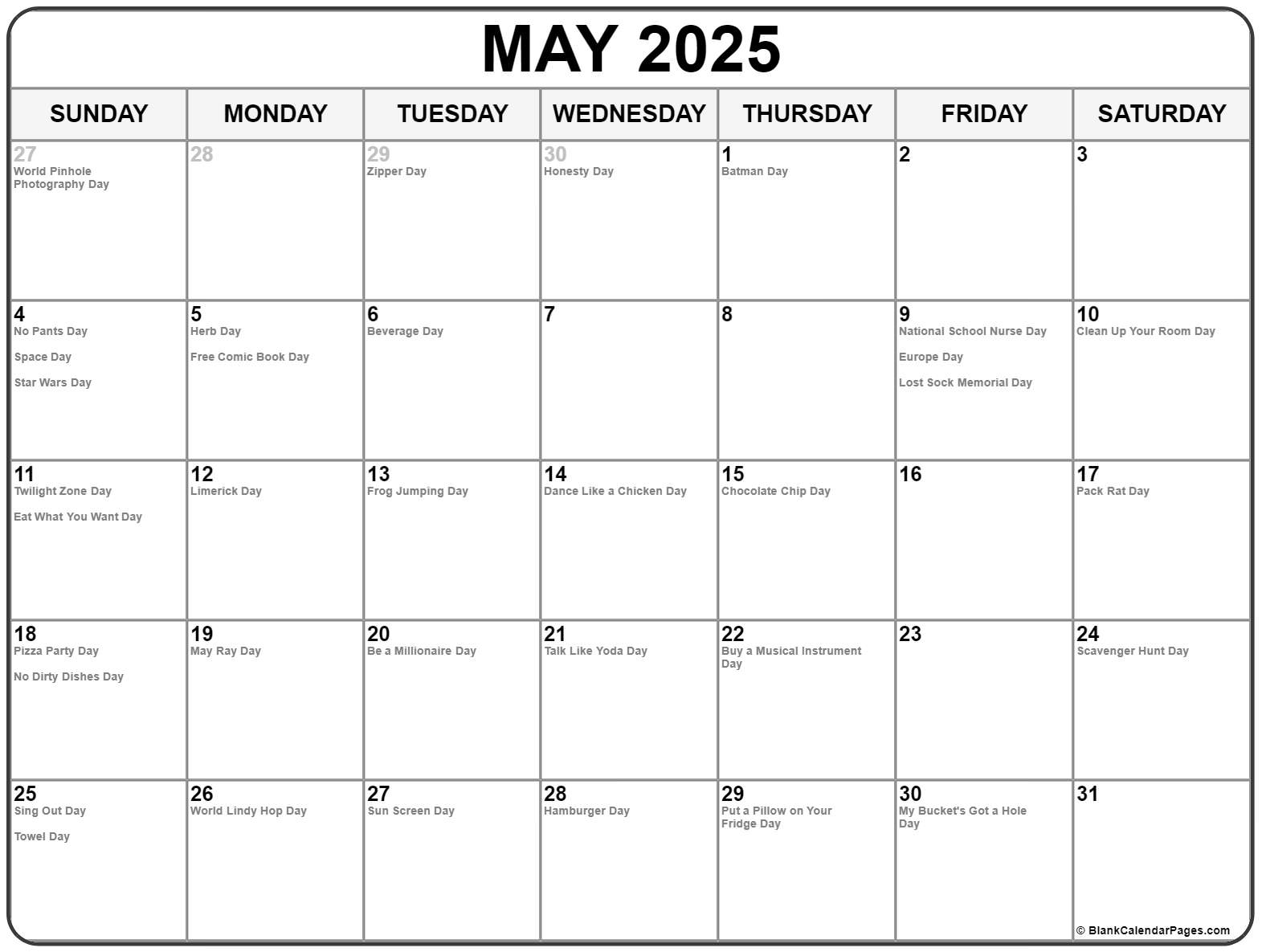
May 2025, a seemingly unremarkable month in the grand sweep of time, holds within its 31 days a fascinating microcosm of the complexities governing our calendar system. Understanding how its dates work requires delving into the interplay of astronomical observations, historical conventions, and the mathematical precision that underpins our measurement of time. This article explores the interwoven threads that create the May 2025 calendar, revealing the subtle mechanics behind the seemingly simple act of marking a date.
The Gregorian Calendar: A Foundation of Precision and Compromise
The foundation of our modern calendar is the Gregorian calendar, a refinement of the Julian calendar implemented by Pope Gregory XIII in 1582. The Julian calendar, while a significant improvement over its predecessors, suffered from a slight inaccuracy in its calculation of a year’s length. This inaccuracy, stemming from a discrepancy between the solar year (the time it takes the Earth to orbit the sun) and the Julian year (365.25 days), led to a gradual drift in the calendar’s alignment with the seasons. The Gregorian calendar addressed this by introducing leap years, but with a crucial modification: century years divisible by 400 are leap years, while others are not. This refinement significantly reduced the long-term drift, ensuring a greater accuracy in aligning the calendar with the Earth’s orbit.
The Gregorian calendar is a solar calendar, meaning its structure is based on the Earth’s revolution around the sun. This is in contrast to lunar calendars, which are based on the moon’s phases, and lunisolar calendars, which attempt to reconcile both solar and lunar cycles. The Gregorian calendar’s emphasis on the solar year is crucial to understanding the consistent placement of May within the annual cycle.
The Structure of May 2025: Days, Weeks, and Months
May 2025, like all months in the Gregorian calendar, has a fixed number of days – 31. This number is a historical artifact, reflecting the varying lengths assigned to months in ancient Roman calendars. The month’s length is not directly related to any astronomical phenomenon but rather a product of historical conventions. The 31 days of May are then organized into weeks, each consisting of seven days. This seven-day week is a legacy of ancient Mesopotamian and Babylonian traditions, with its origins ultimately tracing back to the seven visible celestial bodies known to ancient cultures: the sun, the moon, and the five visible planets.
The arrangement of days within weeks and weeks within the month is straightforward, following a simple sequential progression. The first day of May 2025 falls on a Thursday, and the subsequent days follow in a predictable sequence. This predictability is a cornerstone of the calendar’s utility, allowing for easy planning and scheduling of events.
Leap Years and Their Impact on May’s Position
The occurrence of leap years subtly influences the position of May within the annual cycle. A leap year adds an extra day (February 29th) to the calendar, shifting the subsequent months, including May, one day later in the week compared to a non-leap year. This means that May 1st in a leap year will fall on a different day of the week than May 1st in a non-leap year. Since 2024 is a leap year, May 2025 will begin on a Thursday, a day later than it would have started in a non-leap year following a non-leap year.
Understanding the impact of leap years is crucial for accurate long-term scheduling and for comprehending the subtle variations in the calendar’s structure from year to year. This effect is particularly noticeable when comparing calendars across multiple years, especially when leap years are interspersed.
The Role of Time Zones and International Date Line
The seemingly simple act of marking a date on the May 2025 calendar becomes more nuanced when considering time zones. The Earth is divided into 24 time zones, each roughly corresponding to a 15-degree longitude band. This means that while May 1st, 2025, begins at midnight in one time zone, it will be a different time (or even the previous day) in other time zones. This variation is a consequence of the Earth’s rotation and the need to synchronize time across different geographical locations.
The International Date Line, an irregular zig-zag line roughly following the 180th meridian, further complicates matters. Crossing the International Date Line eastward results in losing a day, while crossing it westward results in gaining a day. This phenomenon highlights the artificiality of our timekeeping system and its dependence on an arbitrary division of the globe.
Cultural Significance and the Calendar
Beyond its purely functional role, the May 2025 calendar also carries cultural significance. Different cultures have different traditions and observances associated with specific dates and periods within the month. Religious holidays, national celebrations, and other cultural events are often tied to specific days in May, further enriching the calendar’s meaning. Understanding these cultural associations adds another layer of complexity and significance to the seemingly straightforward structure of the calendar.
Conclusion: A Symphony of Precision and Convention
The May 2025 calendar, though seemingly simple at first glance, is a testament to the intricate interplay of astronomical observations, historical conventions, and mathematical precision. Its structure is a product of centuries of refinement, reflecting the ongoing human endeavor to accurately measure and organize time. From the impact of leap years to the complexities of time zones and cultural significance, the seemingly simple act of marking a date in May 2025 reveals a rich tapestry of historical, scientific, and cultural influences. Understanding these underlying mechanics allows us to appreciate the sophisticated system that underpins our daily lives and our understanding of the passage of time. The seemingly simple grid of dates represents a complex interplay of forces that have shaped our world and continue to shape our future.
